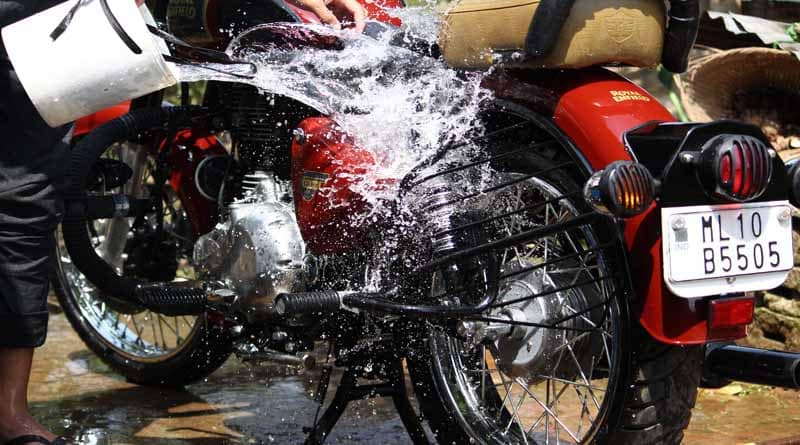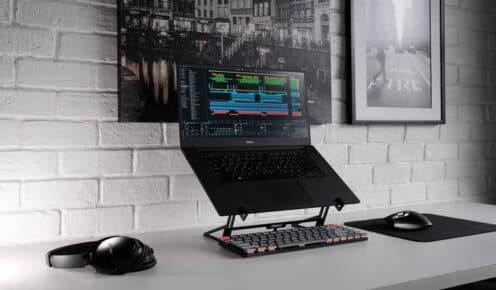Have you been dreaming of owning an e-bike but can afford a new one? Why not buy a used one instead? Second-hand bikes are considerably more affordable and a great option for anyone looking to go electric. Although you might be spoiled for choice with surplus equipment it would be advisable to go for the best value for your money. Outlined below are a few tips and key factors to consider when shopping for a second-hand e-bike.
- Its Overall Condition
The condition of the bike can tell a story of how it was used and whether it is worth buying or not. Rough scratches, rusty spots, overly worn-out tires, flat tires, stubborn stains, and dirt are red flags for a poorly maintained, neglected, and very hard-used e-bike. The last thing you want is to buy a second-hand e-bike to spend more money on repairs. On the other hand, a well-cared-for bike will have very few to no dents and, at best, be in excellent condition. Although it might cost a little more than the dented one, it could save you lots of money and headache in the long run. - Check The Condition of The Battery, Capacity, And Age
Batteries lose their efficiency and capacity over time. Check the condition of the battery to ensure it at least has an 80% capacity remaining. Depending on the previous owner, proper battery care and maintenance can make a battery last many full charge cycles without losing much of its efficiency and capacity. Modern e-bikes use lithium-ion or polymer batteries capable of withstanding more than 700 full charges without losing capacity. Some e-bikes make it possible for one to check the battery condition and number of full charges so far.
The rule of thumb in battery care is to never let your batteries drain beyond 25% and never charge to 100% all the time. In addition, manufacturers recommend replacing your e-bike battery every 6 years. Check to see if the battery has been replaced; if not, confirm how much a new battery costs.
- Check Mileage and Age
Almost every modern e-bike has a speedometer built in. The speedometer not only displays speed but also shows the bike’s overall mileage. A sparingly used e-bike will have low mileage and will look and perform like a new one despite the age. It is also worth noting that a rarely used e-bike might be better than a newer but hard-used bike. For this reason, it would be advisable to check either or both, whichever comes first. Don’t, however, be discouraged by the numbers on the speedometer. Everything else should fall in place as long as the bike is well kept and maintained. For many a new bike makes sense as you can get it on a bike to work scheme – see here - Parts, Wear, And Service
Some e-bike parts, such as the sprocket, chain, tires, brakes, and chainring, were down faster than others. It would thus be advisable to check if any/all these parts are worn out or ask for an invoice showing when they were changed last. Some of these parts can be expensive, a reason you shouldn’t buy any e-bike requiring all these parts to be replaced – unless looking for the thrill of rebuilding it afresh.
Pedelecs and expensive e-bikes come with a logbook that allows the owner to keep a servicing record. Check with the seller to find out when the logbook was updated last, and what parts were replaced or need to be replaced. Check with the manufacturer to see the availability of serviceable parts.
- Ask For A Test Drive
Never buy a used e-bike without taking it for a test drive. This is the only way you can interact with the e-bike, making it easier to notice tiny bits such as rattle, clatter, drag, and battery performance. Be sure to test drive it on every available surface, asphalt, unpaved road, cobblestone, hills, and slopes to see how it handles. You will be surprised at how much you can learn from test driving the e-bike. Only after the test drive can you make a solid decision on the same.












